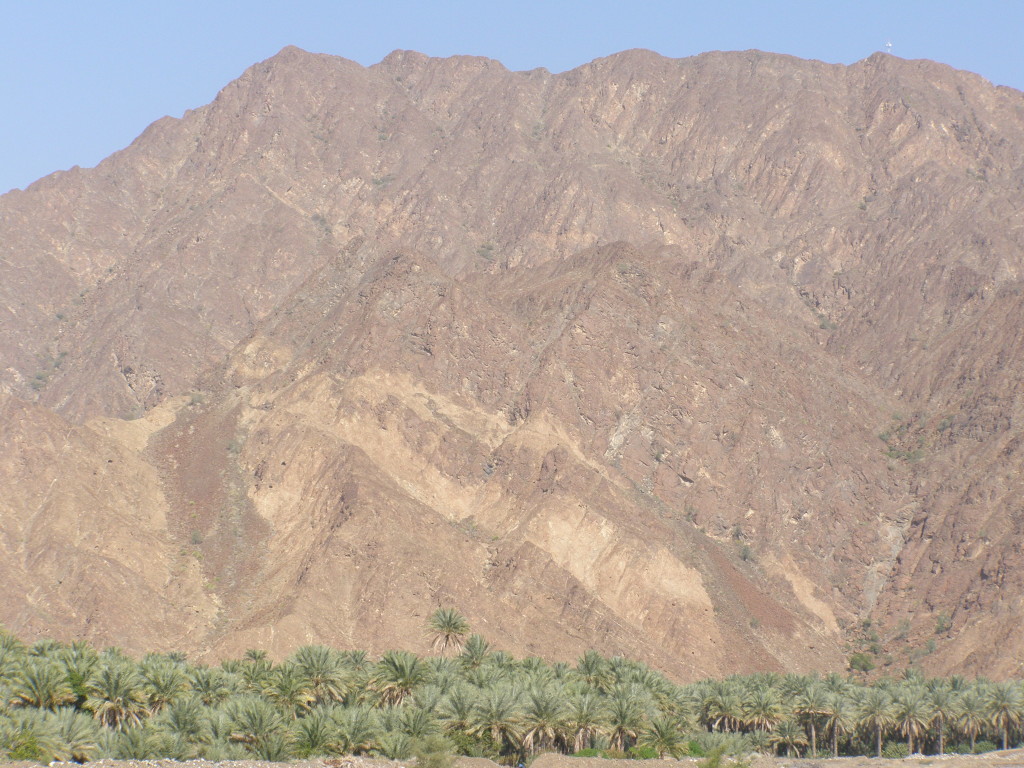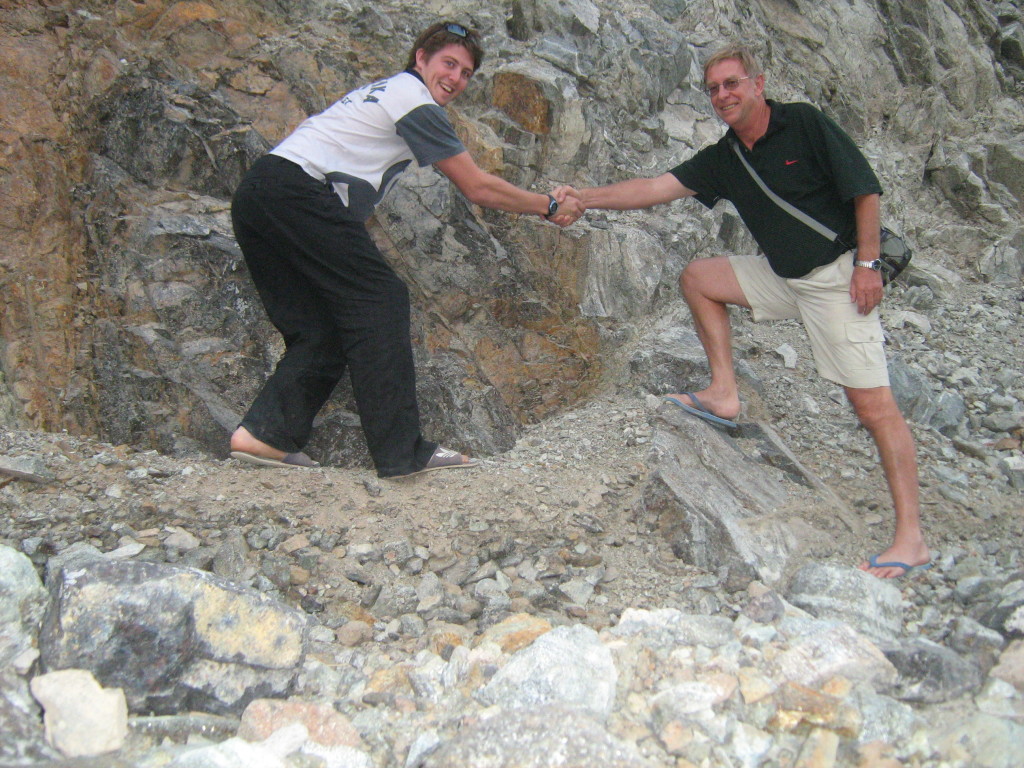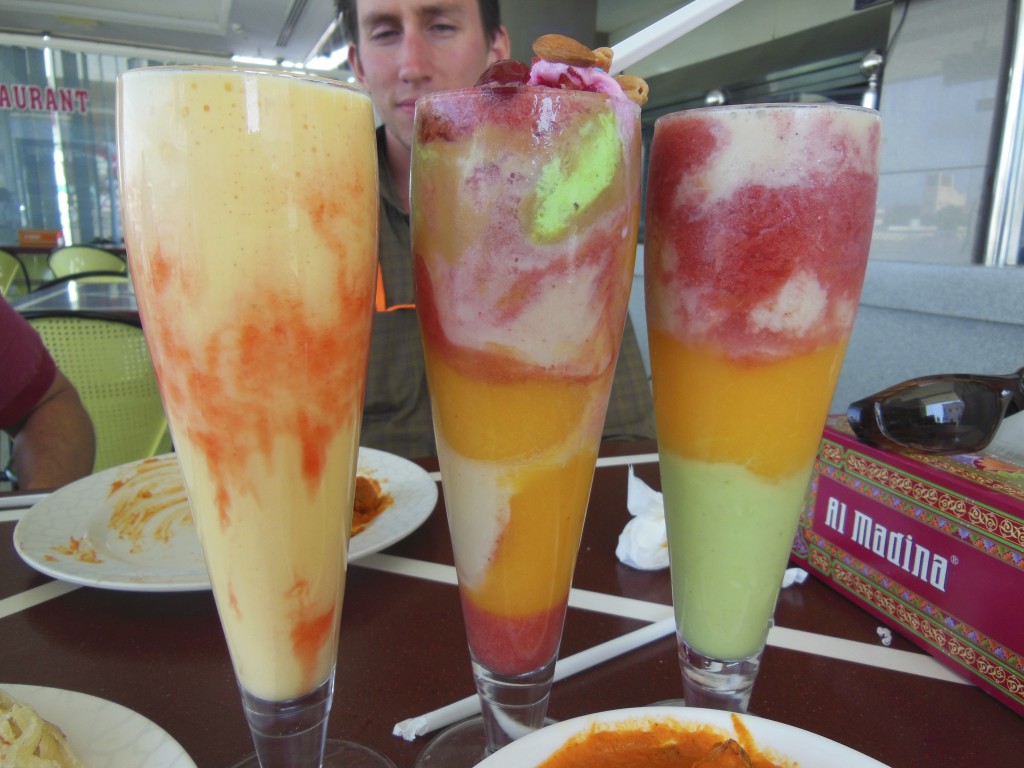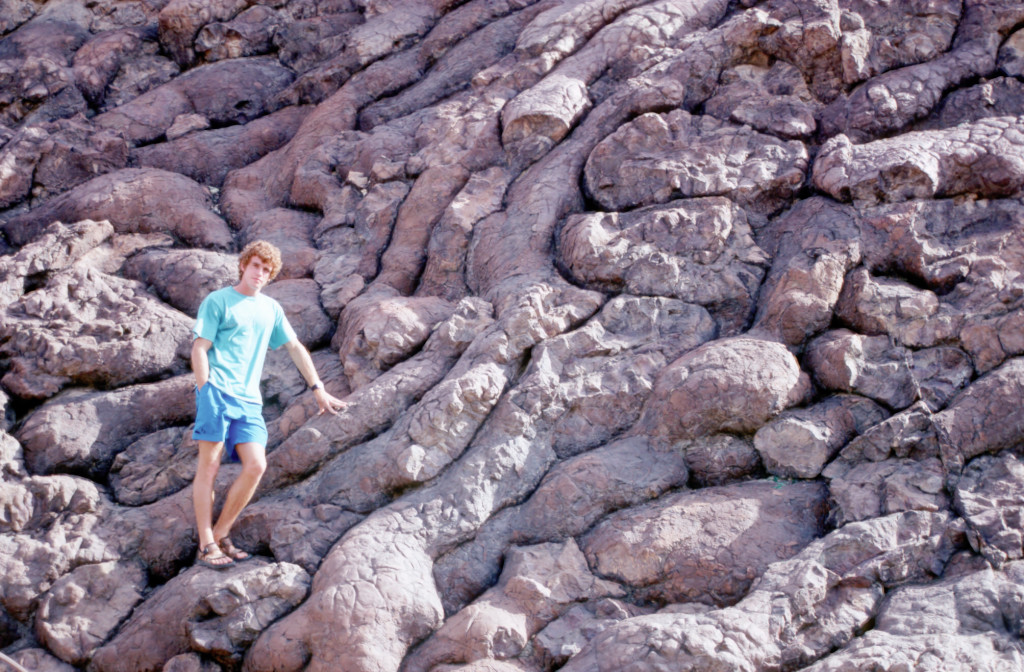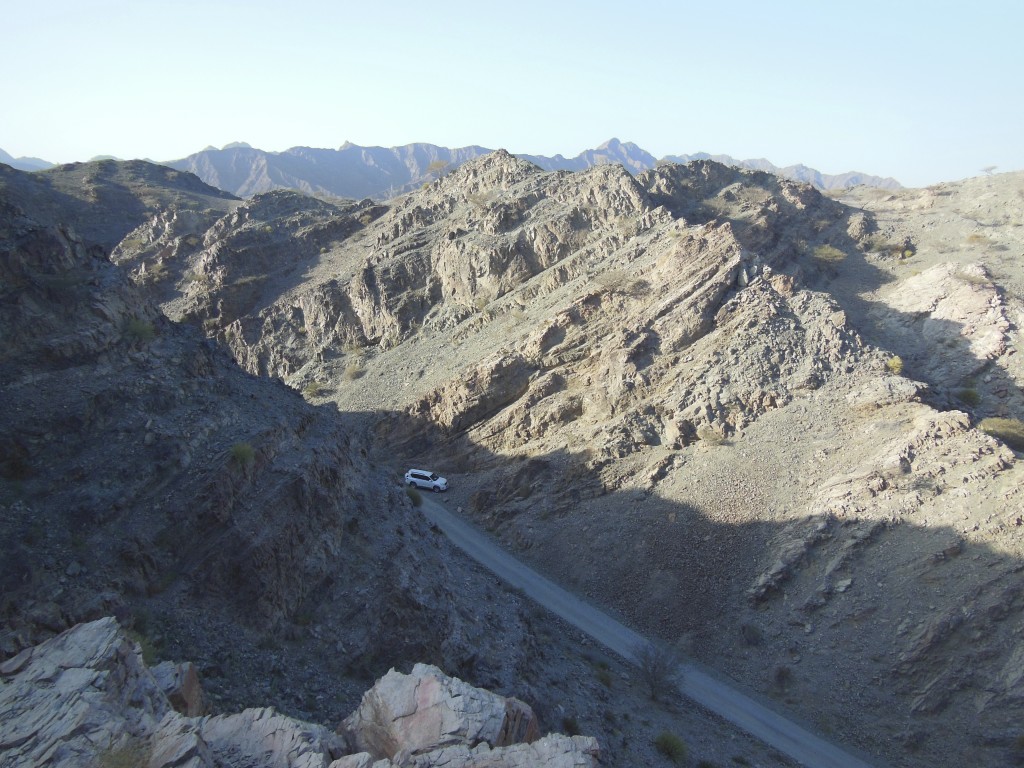Ophiolites are giant thrust sheets comprised of oceanic crust and upper mantle rocks that have been emplaced (obducted) onto a previously passive continental margin. The Oman – UAE (United Arab Emirates) ophiolite is a 15-20 thick slice of Tethyan oceanic crust and upper mantle rocks, underlain by a granulite-amphibolite-greenschist facies ‘Metamorphic sole’. It has been emplaced several 100 km SW onto the previously passive margin of Arabia during the Late Cretaceous (between ~95 – 75 million years ago). About 7 or 8 major thrust slices comprising distal to proximal Tethyan sedimentary rocks underlie the ophiolite and above the Pemrian – Mesozoic shelf carboantes. These thrust sheets record closure of an ocean several 100 kilometers wide offshore the Arabian continental margin. The Oman Mountains are by far the largest and best exposed ophiolite complex anywhere in the World and therefore Oman and UAE is a Mecca for geologists interested in the structure and composition of the oceanic lithosphere, subduction zone metamorphism, fold and thrust belts, granulite, amphibolite and eclogite facies metamorphism and lots more. Ophiolite obduction has also resulted in many of the structures that form oil and gas traps in the Arabian foreland.
Whole mountain ranges in Oman and UAE are comprised of mantle sequence peridotites, dominantly harzburgite (olivine + enstatite ± chromitite) or dunite (mostly olivine) (Fig. 1). The Moho, the boundary between the crust and mantle, is very well exposed along the length of the mountains but extremely complicated. Rarely is the Moho a precise line (Fig. 2), more often it is a zone of layered peridotites and gabbros with several cross-cutting gabbroic phases (Fig. 3). The youngest igneous phase appears to be dark weathering wehrlites. During mapping, modelling of the crust – mantle boundary was carried out in many of the Emirates ‘chicken shacks’ where blends of mango, pineapple, lime and watermelon juices were used to simulate the mantle and crust structure (Fig. 4).
High-level gabbros are frequently isotropic and represent the magma chambers along a ridge axis. During mantle melting that results in formation of the crustal gabbro-dolerite-basalt sequence, the most fractionated igneous phases are plagiogranites or trondjemites, that are used to date ophiolites as these felsic phases contain rare crystals of zircon. The most fractionated igneous phases are tonalites comprising plagioclase and hornblende with some quartz. In the Fujairah region spectacular outcrops show magma mingling textures between dark mafic and white felsic phases (Fig. 5). The gabbros feed a sheeted dyke swarm above that indicates extension along a ridge axis. The dykes in turn feed pillow lavas above (Fig. 6).

Fig. 5. Magma mingling with basic (dark) and later felsic (white) magmas along the top of the magma chamber.
The origin of the Oman ophiolite has been long debated. Earlier studies proposed that it was formed along a Mid-Ocean ridge similar to the fast-spreading East Pacific rise. Later studies showed that the upper volcanic sequence was entirely immature island arc tholeiite and boninite in composition, rocks that can only form in a Western Pacific island arc – fore-arc type setting. Studies of the metamorphic sole also showed that the protoliths were older alkali volcanic and sedimentary rocks belonging to the Haybi complex (cherts, marbles etc), so subduction initiation could not have occurred along a ridge axis. The U-Pb timing constraints also showed that the amphibolites in the metamorphic sole formed at depths of ~40 km below the ophiolite at the same time as the crustal sequence gabbros were crystallizing (~95.5 Ma). Most geologists now believe that the Oman ophiolite formed in a Supra-Subduction zone setting, not along a Mid-Ocean Ridge. The base of the ophiolite shows a Banded Ultramafic unit comprising harzburgite, dunite and lherzolite with a strong shear fabric (Fig. 7). The emplacement fabrics are parallel to the mylonite fabric in the granulite-amphibolite sole rocks. Immediately below the ophiolite are garnet + clinopyroxene enclaves formed at high temperatures in the granulite facies (Fig. 8). Below the amphibolites are a series of greenschist facies meta-cherts and marbles showing intense isoclinal folding (Fig. 9, 10).
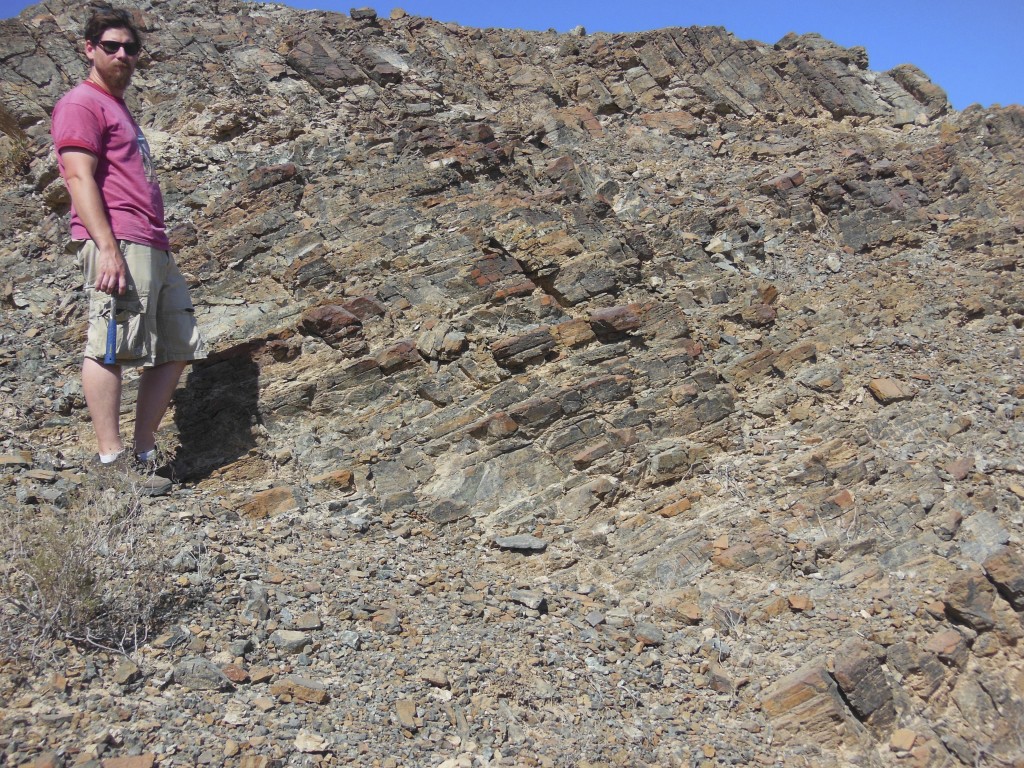
Fig. 7. Mylonitised harzburgite, dunite and lherzolite in the Banded Ultramafic Unit, base of the ophiolite.
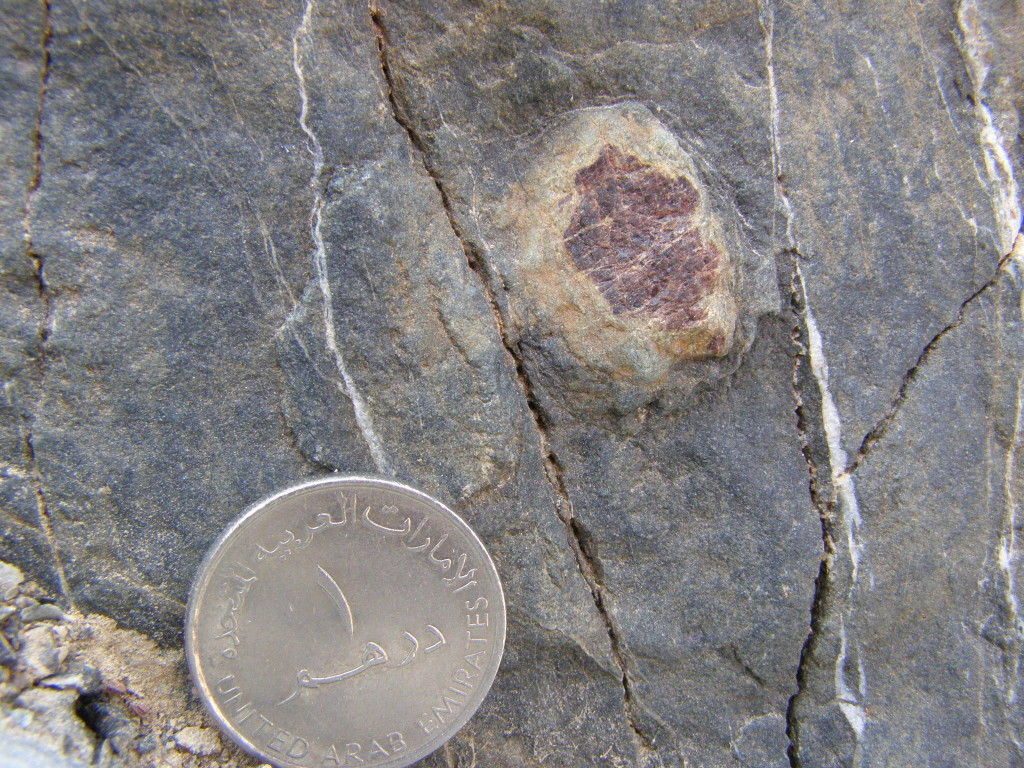
Fig. 8. Enclaves of garnet and clinopyroxene granulite within hornblende + plagioclase amphibolites, top of the metamorphic sole.
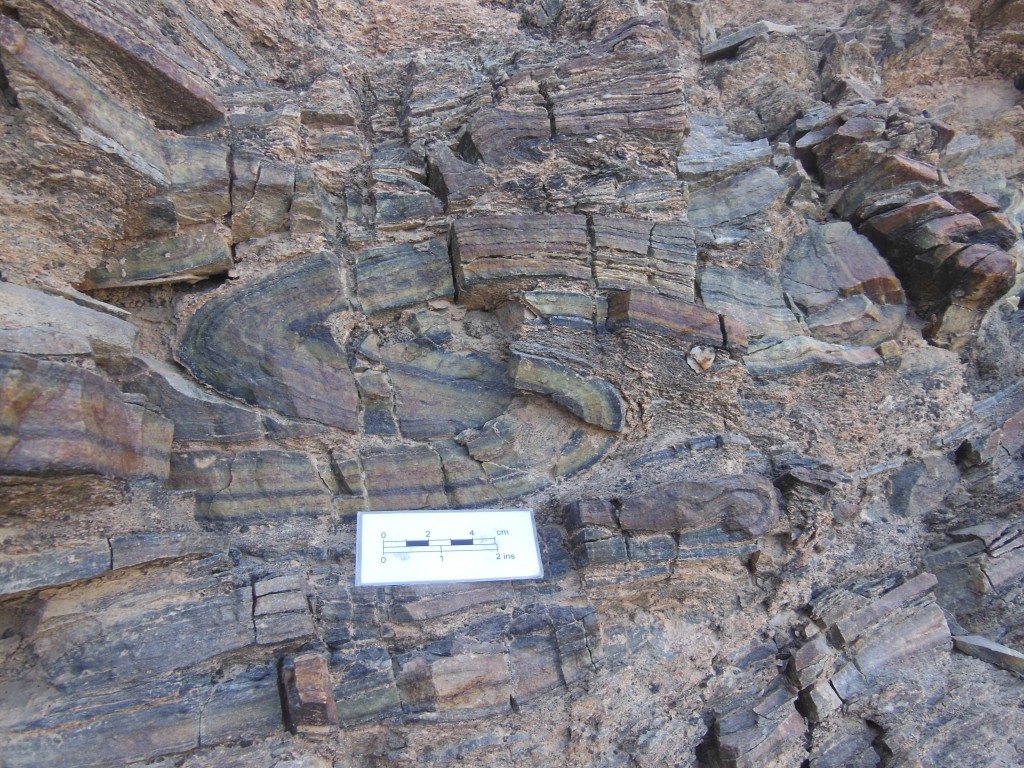
Fig. 10. Folded meta-cherts in the greenshist facies metamorphic sole structurally beneath amphibolites.
During the later stages of ophiolite obduction a ~1 km thick thrust sheet composed of granulite facies manganese-rich quartzites, calc-silicates and marbles with minor amphibolite was emplaced in the middle of the obducted ophiolite in the Bani Hamid region of the northern ophiolite (Fig. 11). These rocks are thought to exhume the stacked up lower crust beneath the ophiolite that have been imaged on recently shot seismic lines across the UAE part of the mountains. Future work by the Oxford group will involve detailed mapping of the new road and pipeline sections across the UAE part of the ophiolite and more detailed structural, metamorphic and thermobarometric work on the Bani Hamid granulites and the metamorphic sole rocks.
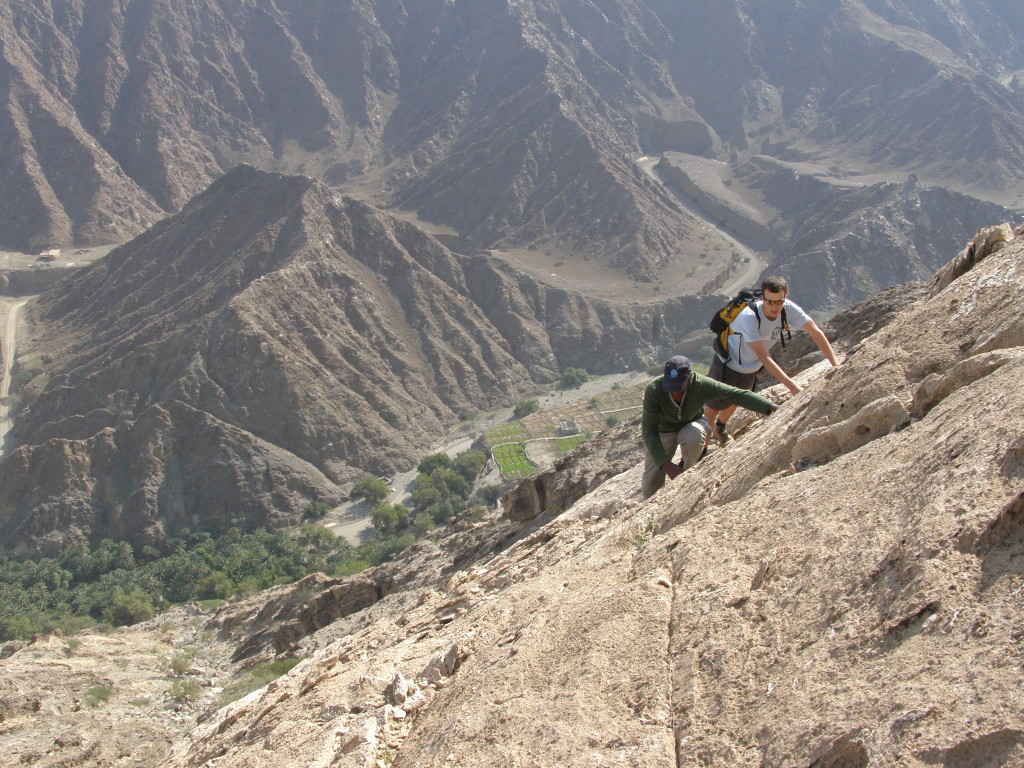
Fig. 11. The contact between the Bani Hamid granulites (white) and the ultramafic rocks of the mantle sequence above.
![]() This work is licensed under a Creative Commons Attribution-NonCommercial-ShareAlike 4.0 International License.
This work is licensed under a Creative Commons Attribution-NonCommercial-ShareAlike 4.0 International License.

